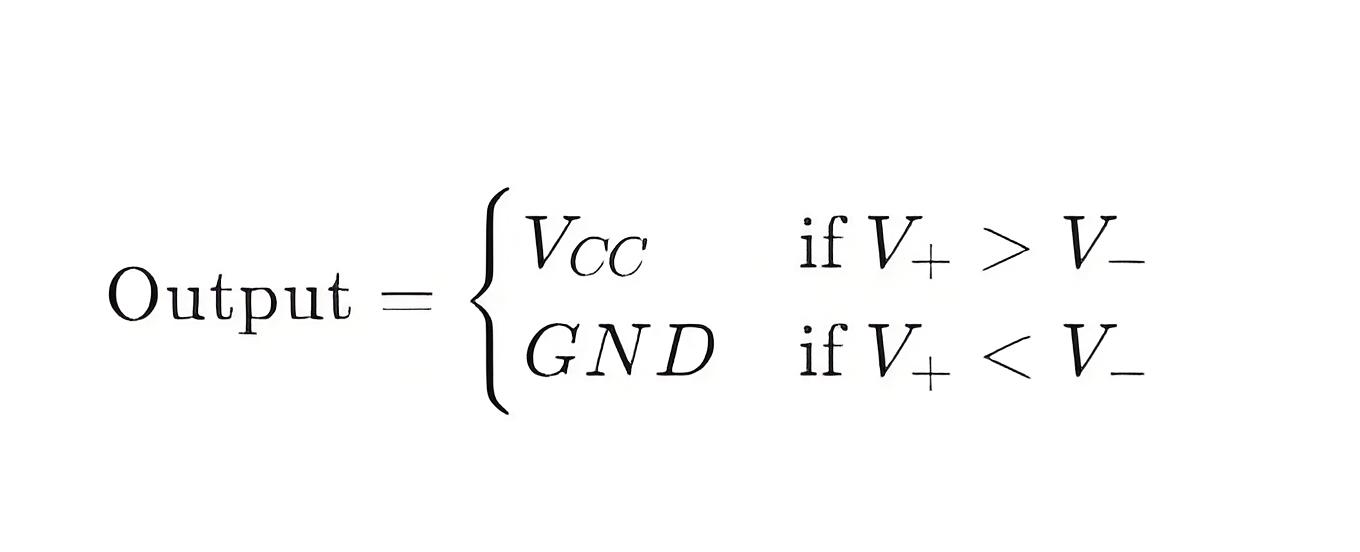The working principle of analog comparator and its practical application
Working Principle and Practical Applications of Analog Comparators
An analog comparator is a fundamental electronic component used to compare two input voltages and output a corresponding result. It has a wide range of applications in various electronic systems. Below is a detailed explanation of the working principle and practical applications of analog comparators.
Working Principle
Basic Structure:
An analog comparator typically consists of a differential amplifier with two input terminals: the positive input terminal (non-inverting input, +) and the negative input terminal (inverting input, -).
The output terminal usually provides a binary signal indicating the relationship between the two input voltages.
Operation:
When the voltage at the positive input terminal (V+ ) is higher than the voltage at the negative input terminal (V−), the comparator's output is high (typically the supply voltage VCC).
When the voltage at the positive input terminal (V+ ) is lower than the voltage at the negative input terminal (V−), the comparator's output is low (typically ground GND).
Mathematically, this can be expressed as:

Hysteresis:
To prevent the comparator from switching its output rapidly when the input voltages are close to the threshold, hysteresis can be introduced. Hysteresis is achieved by adding resistors in a positive feedback loop, creating a small voltage range for output switching, thus enhancing system stability.
Practical Applications
Zero-Crossing Detection:Comparators can be used to detect the zero-crossing points of an AC signal. For example, in power management circuits, a comparator can monitor the zero-crossing points of an AC power supply to synchronize the operation of other circuits.
Voltage Monitoring:Comparators can be used to monitor whether a supply voltage exceeds or falls below a certain threshold. For example, in battery management systems, a comparator can detect if the battery voltage is too low, triggering an alarm or shutting down the system.
Signal Conditioning:Comparators can convert slowly varying analog signals into square wave signals. For example, in communication systems, a comparator can convert an analog signal into a digital signal for further processing.
Pulse Width Modulation (PWM):In PWM control circuits, comparators can compare a fixed reference voltage with a sawtooth waveform to generate a PWM signal with adjustable duty cycle. This signal is commonly used in motor control, LED dimming, and power converters.
Temperature Monitoring:Comparators can be used in temperature monitoring circuits. For example, the resistance of a thermistor changes with temperature, and a comparator can convert this change into a switch signal to control heaters or coolers.
Optical Detection:Comparators can be used in optical detection circuits. For example, the output current of a photodiode varies with light intensity, and a comparator can convert this variation into a switch signal for automatic lighting control or security systems.
The Electricity Encyclopedia is dedicated to accelerating the dissemination and application of electricity knowledge and adding impetus to the development and innovation of the electricity industry.













